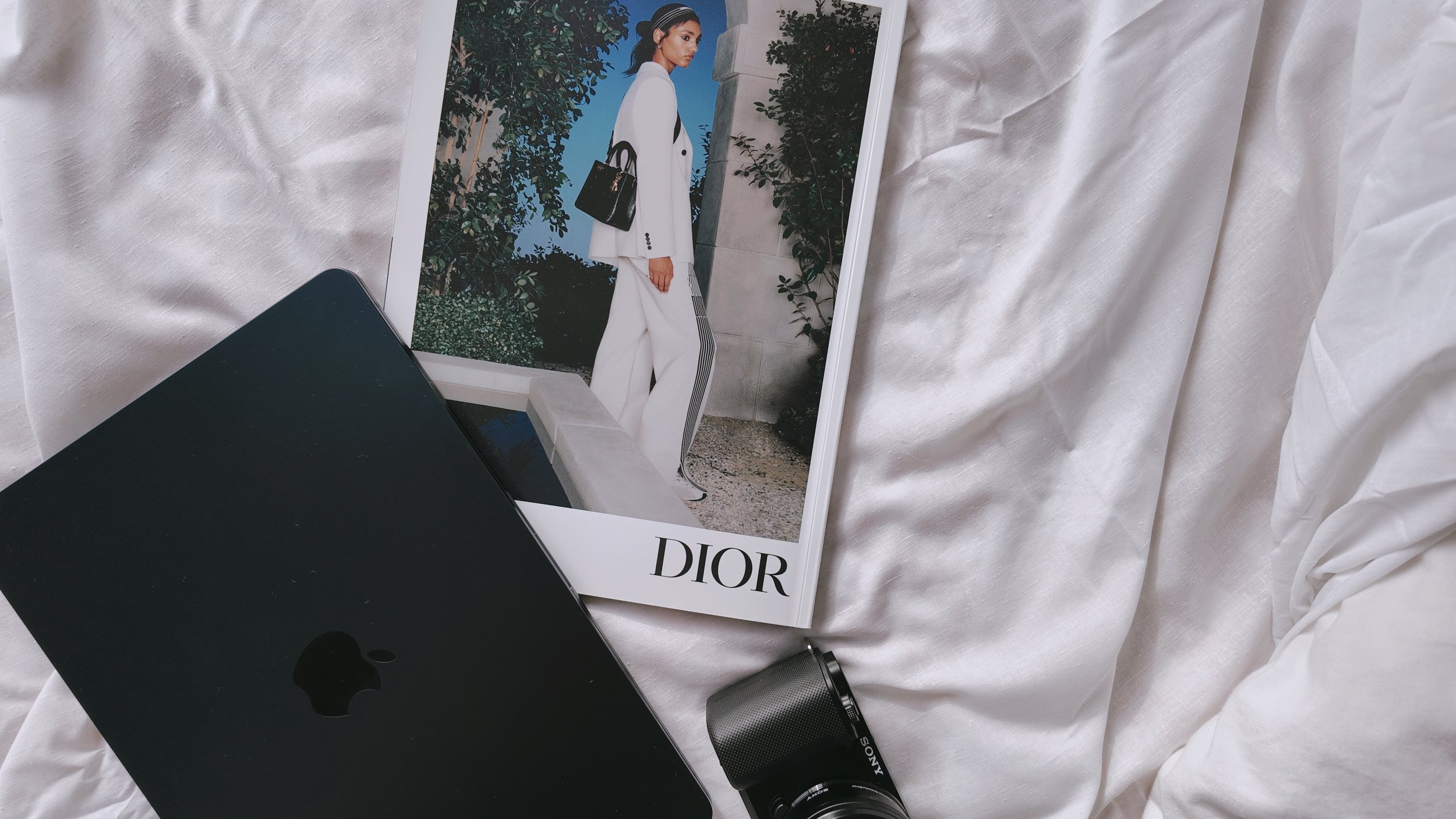Content Marketing vs Paid Media: How to Balance Both for Growth
Content builds trust. Paid media builds reach. Smart brands do both and know exactly when to lean into each.
If your growth strategy is feeling inconsistent, here’s why: you’re likely over-indexing on one and underutilizing the other. Most small business owners either grind out content with no distribution plan or throw money at ads with no real brand behind them.
In 2025, the brands seeing the biggest ROI aren’t doing more, they’re doing smarter. They’ve mastered the art of balancing content marketing and paid media in a way that creates both momentum and sustainability.
Here’s how to build a strategy that does both: earns trust and accelerates visibility.
WHAT CONTENT MARKETING ACTUALLY DOES
Content is the asset that keeps working long after you’ve created it. It’s where your brand story lives. It’s how your audience learns to trust you before they ever buy.
Content marketing includes:
Thoughtful blog posts rooted in SEO
High-value Instagram Reels and TikToks
Evergreen email sequences
Case studies, testimonials, and customer stories
Long-form content like podcasts or YouTube videos
When done right, content is the compound interest of your brand. It educates, nurtures, and positions you as a category leader. But it’s a slow burn, and without reach, even the best content can feel like shouting into the void.
WHAT PAID MEDIA REALLY OFFERS
Paid media isn’t a shortcut. It’s a growth accelerant. It amplifies what’s already working and brings qualified attention to your brand, fast.
Effective paid media includes:
Meta ads for Reels, carousels, or lead gen
Google search and display ads
TikTok Spark Ads to boost high-performing organic videos
Local campaigns using geofencing or radius targeting
Retargeting campaigns to nurture warm leads
The beauty of paid? You control the narrative, the budget, and the scale. However, without a strong brand and content foundation, your ads fall flat, and your cost per acquisition skyrockets.
WHEN TO USE EACH AND WHY THE TIMING MATTERS
Here’s the blueprint high-growth brands are following:
Use content marketing when:
You’re early-stage and need to build trust
You want to rank on Google or build social proof
You’re focused on long-term brand equity
Your budget is limited but time is flexible
Use paid media when:
You’ve validated your offer and are ready to scale
You have content that already performs well organically
You’re launching a new service, location, or campaign
You want fast visibility to meet a revenue goal
The Hybrid Strategy: How to Balance Both in 2025
This is the part most people skip because it requires intention.
Let your content strategy inform your paid ads. Stop guessing what will convert. Use data from yoru top-performing blogs, Reels, and email CTAs to guide your ad creative.
Build evergreen content that fuels the entire funnel. Create one long-form piece of content (a blog post, podcast, YouTube video) per month and break it down across your channels. Then retarget engaged users with paid media.
Retarget using behavior, not just demographics. If someone watched 75% of your video or clicked your pricing page, serve them ads that move them down the funnel. This is where paid and content hold hands and close the sale.
Test messaging with paid, then scale organically. Use your ad budget to test hooks, angles, and creative. The ones that win? Turn them into pillar content and bake them into your brand messaging.
Sync your KPIs across both. Most brands look at CTR for paid and engagement for organic, but you need to track customer journey across both. Are your email signups coming from a blog post? Did your Reels funnel into your retargeting pool? Know your flow.
Real-World Example: What This Looks Like In “Action! Action!”
When an independent movie production company came to us with a bold idea, launching their feature film premiere at Circa Stadium Swim in Las Vegas, we knew content alone wouldn’t cut it. They needed a hybrid strategy that moved fast and converted even faster.
We crafted a full Meta Ads funnel: teaser-style video ads to build intrigue, retargeting campaigns with exclusive RSVP links, and location-based targeting to reach Vegas locals and film lovers alike. At the same time, we advised their internal team on a lean, high-impact content strategy that included countdown posts, cast Q&As, and behind-the-scenes footage to drive engagement leading up to the event.
The result? A sold-out launch event, a 10x ROAS (return on ad spend), and thousands of new eyes on the film, before it even hit streaming.
That’s the power of pairing content with paid. One tells the story. The other drives the momentum.
Final Thoughts
Content marketing and paid media aren’t opposing strategies, they’re complementary levers. If you’re only pulling one, you’re capping your growth potential.
Content creates the pull. Paid media creates the push. The brands that win in this digital age are the ones that know when to do both.
At Golden Hour Co., we’ve shifted the way we serve clients, still executing full-scale campaigns, but now also offering 1:1 consulting for founders who want to make smarter, more strategic marketing decisions that create actual momentum.
Strategy without execution is just noise, and execution without strategy is expensive.
MESSAGE US WITH KEYWORD “CONSULTING” FOR YOUR FREE BRAND AUDIT.







